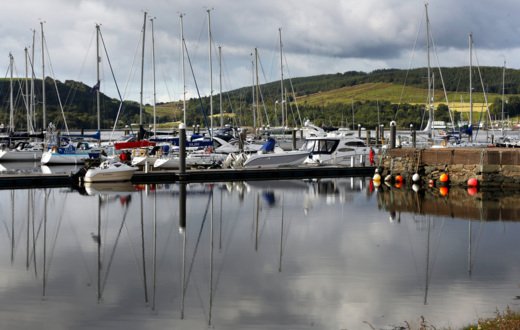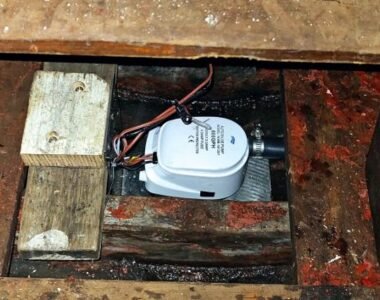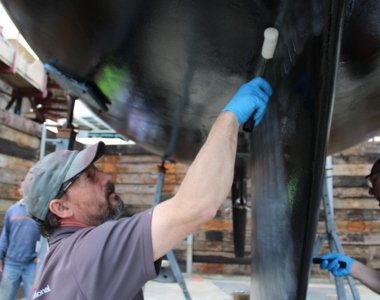-
Bangor Marina Bangor, Northern Ireland
-
Conwy Marina Conwy, North Wales, Wales
-
Deacons Marina River Hamble, Southampton, England
-
East Cowes Marina East Cowes, Isle of Wight, England
-
Haslar Marina Haslar, Portsmouth Harbour, England
-
Penarth Marina Penarth, Cardiff, Wales
-
Portishead Marina Portishead, Bristol, England
-
Portland Marina Portland, Dorset, England
-
Rhu Marina Rhu, Firth of Clyde, Scotland
-
Royal Quays Marina Royal Quays, North Shields, England
-
Weymouth Marina Weymouth, Dorset, England

18th November 2021
Rhu
Getting Ready to Take your Mast Down
Step by Step Guide
Hi, I am Simon Jackson Berthing Master at Rhu Marina. Having had many years' experience preparing yachts to have their masts unstepped, I have put together a guide and hope you find it useful.
- The first thing to do is to remove all the sails and covers from your yacht then flake, fold or roll them ready for storage. When removing battens, mark them and tape them together. All shackles and strops should be detached from the sails and stowed with the rigging.
- This is an excellent time to put your sails into your local sailmaker and get them checked, serviced, and laundered or replaced.
- After removing the sails, it is time to remove the boom from the boat. You will need to take the kicking strap and mainsheet off and temporarily lash the boom, to stop it swinging. Remember to put a figure of 8 knot into the end of all your reef lines to avoid them accidentally pulling through the boom, and coil the tail ends at the gooseneck end of the boom. Once the boom is clear, lash it onto the stanchions to prevent it falling off or blocking the deck (like in the image below).
- All sheets should be coiled and labelled before stowage.
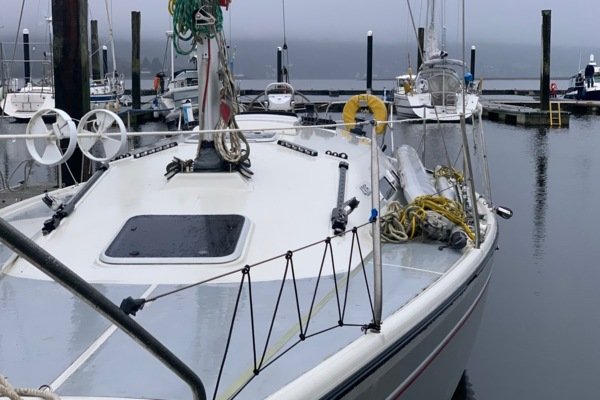
- Next you need to detach the halyards from the boat and have them tied up onto the mast. This will require moving the shackle end to the mast and attach it at the gooseneck. After removing the halyard tails from all deck fittings, coil the halyard tails and tie them off onto the mast.
- If you have any running backstays, checkstays, or other adjustable stays, now is the time to detach them from your boat and tie them off to the mast.
- Once all the halyards and adjustable stays are tidied to the mast, you need to detach all the electrical cables going into the mast. It is a good idea to label your cables and photograph any joins before disconnecting them.
- If you have a keel stepped mast, remove the lower jubilee clip around the gator and the deck collar, so it can just lift off when the mast is lifted.

- If you have a headsail furler, you should roll all of the furling line around the drum or take the line off and coil it up. When you are doing this, you might want to mark the tail where it exits the drum before rolling or coiling the line up, so you know how much line to have around the drum when you put the mast back up. If your drum does not have a rotation arrow, it is best to mark it on now. If you can dismantle the drum, as in the image, you can now start your winter inspections and contact your rigger if you have any concerns.
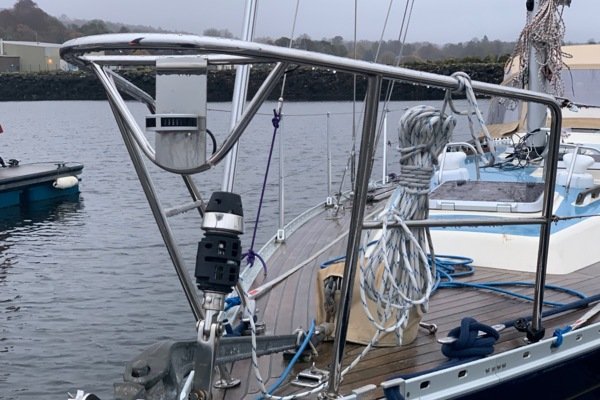
- Next it is time to remove tape and split pins from your rigging bottle screws. Do not slacken off the screws, just leave them free to be undone by the marina when the crane is attached. If you are going to be leaving the rig in this state for a while, you should straighten the split pins so they can just pull out when need be.
- Finally, as well as preventing chafe, it is courteous to tie off the halyards to the shrouds with sail ties to stop them flapping in the wind and annoying your neighbours; your halyards can be quite noisy when battering against your mast in the wind! When the mast comes down, these sail ties can be used to lash all the loose rigging to the mast as it is hoisted.

There you have it! A few tips and ideas that can be used if taking down your mast.















